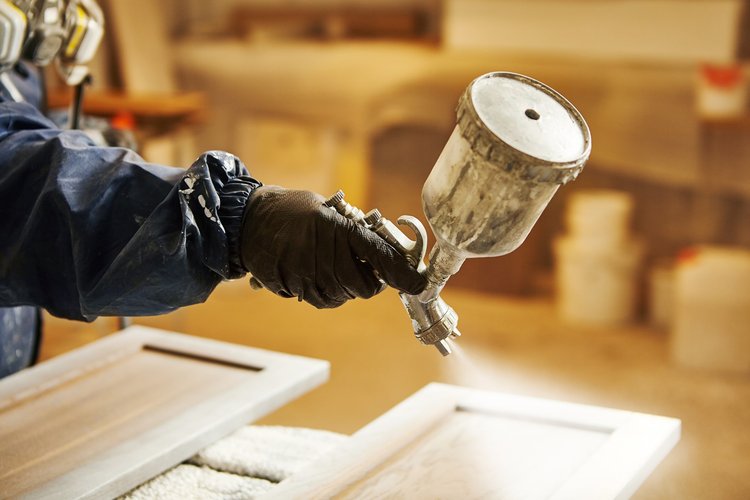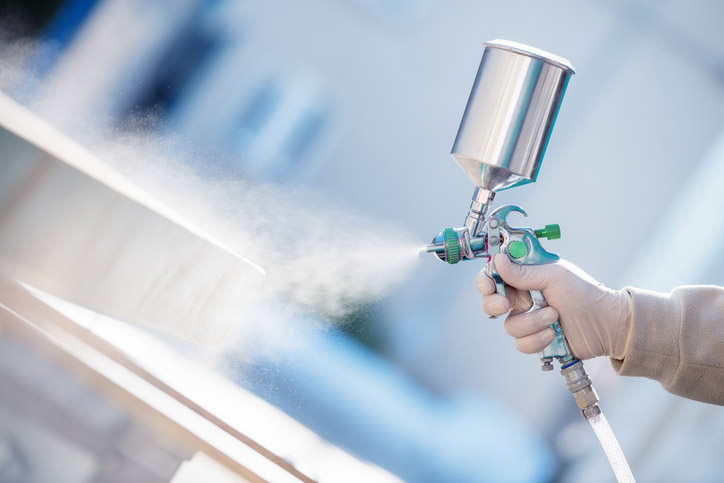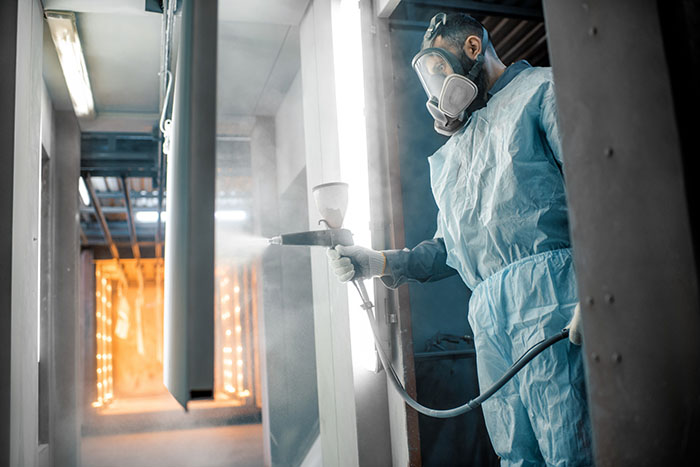The goal of any home renovation project is to do the job properly and get the best, longest-lasting results possible. However, even in the best of times, spray foam insulation can develop issues, and knowing how to handle these situations is critical.
There are some problems that are more common than others. Those include the following:
Change in Spray Foam Colour or Expansion
In some situations, slight changes in expansion and colour may occur. However, when there is a significant amount of change in colour or expansion, that means there is an underlying issue. When you notice this, it is critical to stop spraying right away.
Most of the time, this type of problem results from pressure or temperature imbalances.
Abnormal Texture
In some situations, abnormal texture develops, which could be indicated if the foam fails to set up or stays sticky. Sometimes, this will cause a mass on the wall that's a lighter colour. If this occurs, that means the B side is dominating the foam mixture, and the A side is having some type of problem.
Pressure Imbalance
One of the most common spray form insulation problems occurs as a result of pressure imbalances that end up changing the colour or the texture of the foam. If there are pressure differentials that are more than 500 psi between the A and B sides of the spray foam, this could mean there is a discharge problem or a supply concern within the system. When the gauge is low, that often means a supply-side problem. A high reading often means a backup of material occurring.
Foam or Substrate Temperature Issues
Temperature can be the cause of numerous issues. If the spray foam insulation is too hot, it can lead to fast expansion, over-expansion, or shrinking and peeling. Determine if the hose heat is too high, and lower the temperature of the system if so.
If the temperature is too cold, however, that means the foam is not expanding fast enough. Here, the need is to then increase the hose heat further before moving forward.
Poor Adhesion on Closed-Cell Foam
Adhesion problems often are hard to locate, but can be found by pounding on the foam in random locations. A hollow sound indicates a problem. Using a coring tool, it is possible to determine if a problem exists. If so, that can mean there is a need to start over.
What Causes Spray Foam Insulation Problems?
Many factors can play a role in spray foam insulation problems:
- The product was set up too quickly, leading to improperly installed material
- The spray foam insulation chemicals were not mixed properly
- Improper spray foam thickness has occurred, causing a lack of air sealing
- Off-gassing occurs
The cause of the problem could be many things, including a poor batch of products as well as simply inexperienced applicators. The key here is to determine what went wrong before finding a way to fix it as soon as possible to minimize ongoing problems and concerns for the property.
Improperly Mixed Spray Foam Insulation Chemicals
Improperly mixed liquids can be a concern, often leading to variants in the final product. A and B liquids should be sprayed in a 1:1 ratio by volume - if there is too much A-rich foam, that often leads to hard and brittle results. Too much on the B side will result in a gummy and soft material.
Spray Foam has an Odour and Off-Gassing
Spray foam does have an odour, even when labelled as less risky to the environment. Off-gassing can also occur.
Application Errors
Application errors can be damaging, as they increase inefficiency and lead to higher heating and cooling costs. They can also lead to a higher risk of needing repairs, which can add maintenance and upkeep costs.
Unbalanced spray foam is the most common application error, and usually occurs as a result of a poor batch of the material itself. This often leads to a permanent foul odour. Other times, the spray foam will simply not adhere.
This problem can occur for many reasons, including a lack of properly functioning equipment or simply because the applicator was faulty. Such an application will leave unfilled areas and expose the home to cold air.
Identifying Improper Spray Foam Installation
To determine if there are problems, it’s important to pay close attention to even the smallest of missed spots. One way to do this is to use fog machines that pressurize the space, as insulation will depressurize the roof, and fog machines will blow air inwards. Some fog will be pushed outward and showcase any leaks present.
At Bolair, we understand the importance of diligent and responsible equipment maintenance when it comes to working with spray foam insulation. Reach out to a member of our team today for any questions you may have about your spray foam rig.







